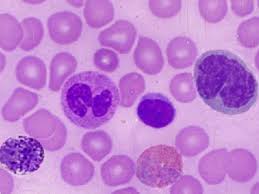By Shaimaa Shouman et al.
Source BMC
Abstract
T lymphocytes play a primary role in the adaptive antiviral immunity. Both lymphocytosis and lymphopenia were found to be associated with severe acute respiratory syndrome coronavirus 2 (SARS-CoV-2). While lymphocytosis indicates an active anti-viral response, lymphopenia is a sign of poor prognosis. T-cells, in essence, rarely express ACE2 receptors, making the cause of cell depletion enigmatic. Moreover, emerging strains posed an immunological challenge, potentially alarming for the next pandemic. Herein, we review how possible indirect and direct key mechanisms could contribute to SARS-CoV-2-associated-lymphopenia. The fundamental mechanism is the inflammatory cytokine storm elicited by viral infection, which alters the host cell metabolism into a more acidic state. This “hyperlactic acidemia” together with the cytokine storm suppresses T-cell proliferation and triggers intrinsic/extrinsic apoptosis. SARS-CoV-2 infection also results in a shift from steady-state hematopoiesis to stress hematopoiesis. Even with low ACE2 expression, the presence of cholesterol-rich lipid rafts on activated T-cells may enhance viral entry and syncytia formation.
Read more click here

